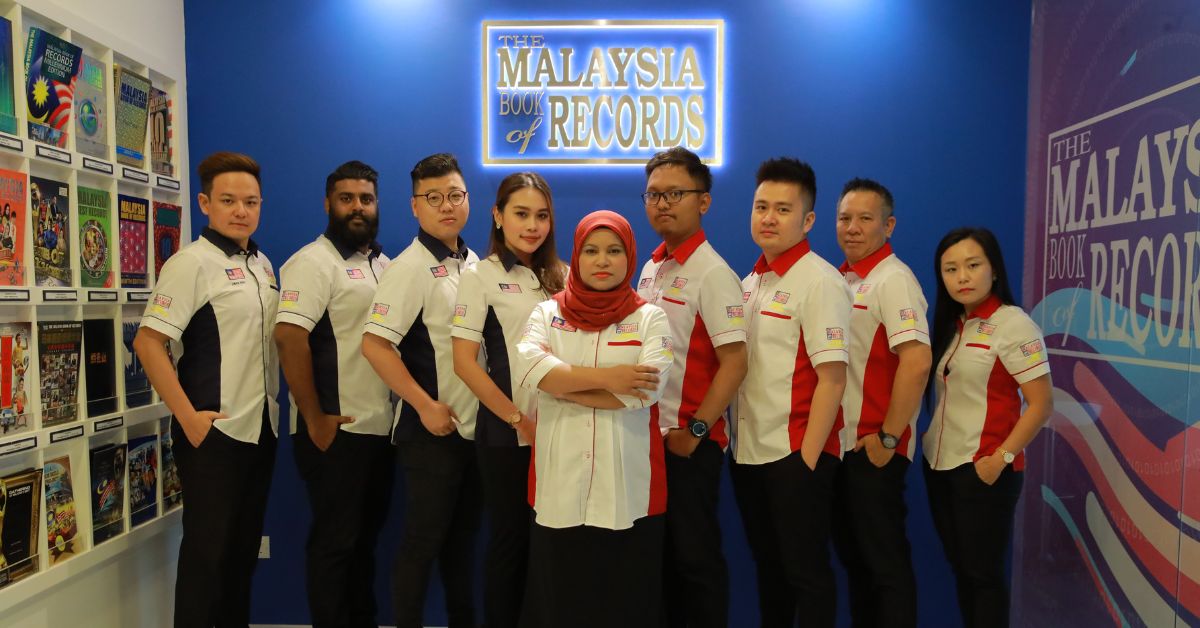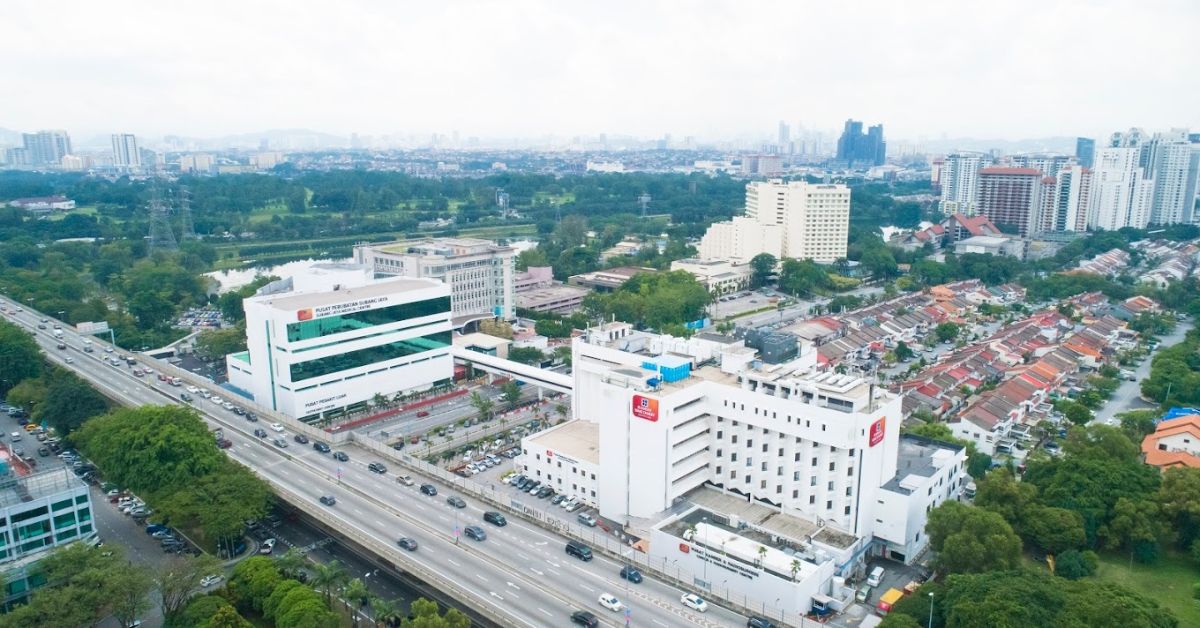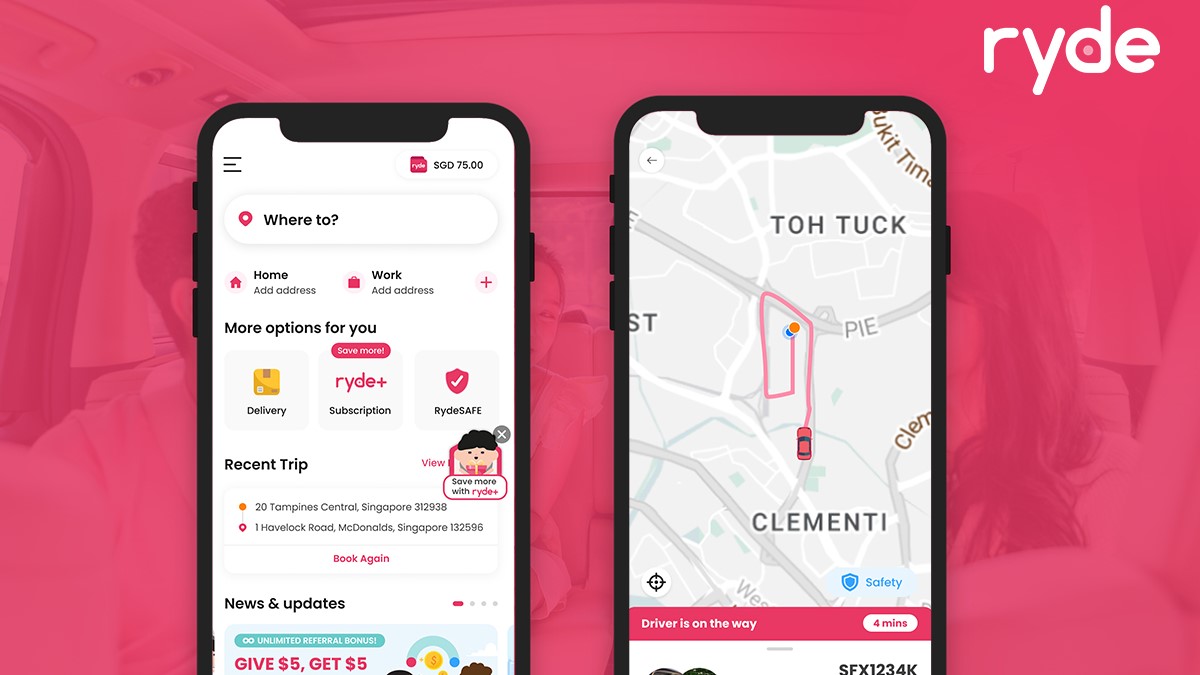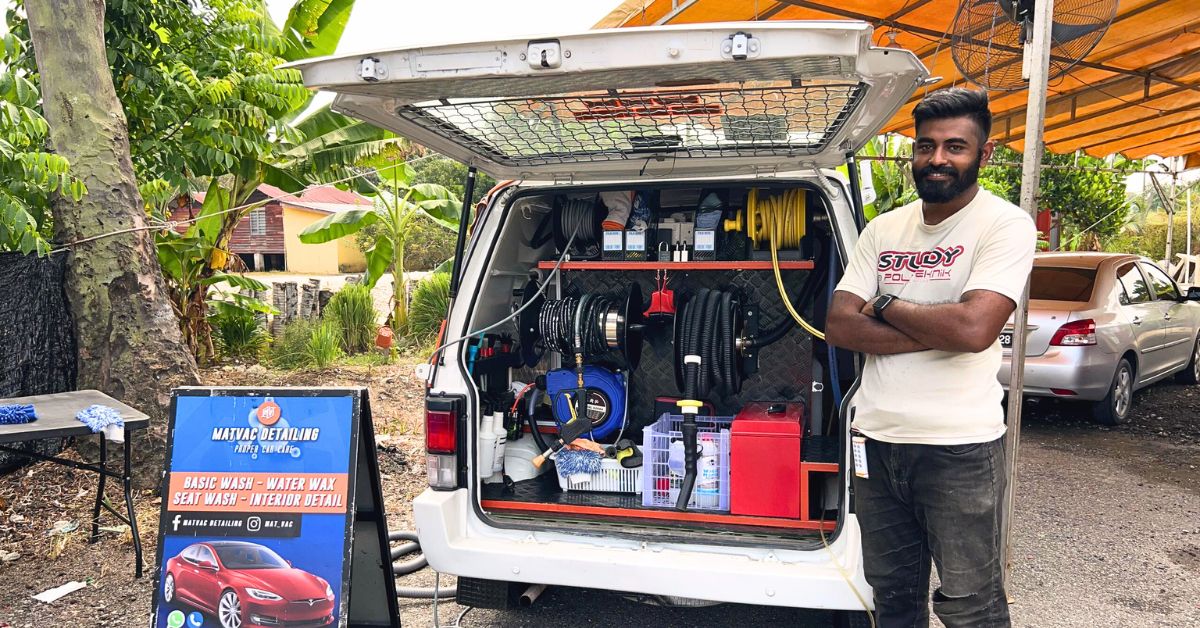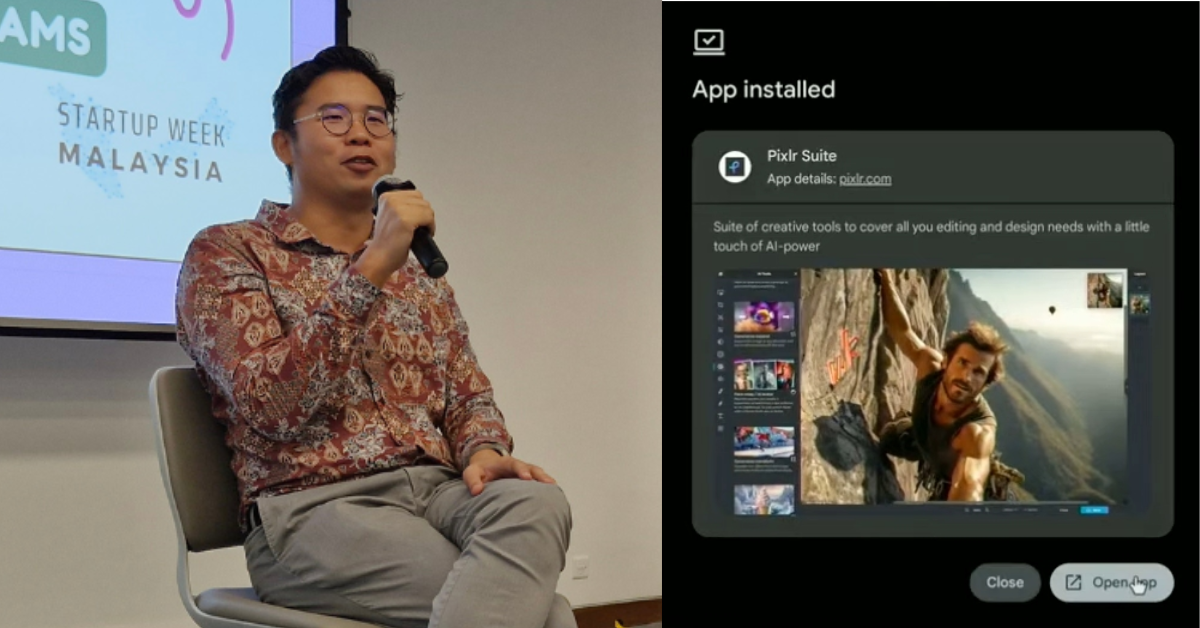Every now and again, we receive press releases or news about organisations or individuals who have set or broken a Malaysia Book of Records entry.
While many of these records have been inspiring or intriguing, some seem just a bit random or obscure, such as the “First 3-Storey Bakery Cafe with Coworking Space”, “First Dog Behaviour Book Author,” and “Malaysia’s Largest ‘Dragon Fruit’-Shaped Structure”, just to name a few.
These unique records got us thinking—how does the Malaysia Book of Records (MBR) identify these records and verify their legitimacy? And perhaps more importantly, how does it even stay funded?
Unable to find a satisfying answer online, we contacted the MBR team to find out how they operate.
But first, a little bit about how it all began.
Recognising extraordinary Malaysians
MBR started in the 1990s when Tan Sri Danny Ooi saw a man cycling for days at the Merdeka Stadium, trying to set a new world record.
Around the same time, another person walked from state to state in Malaysia.
Inspired by these extraordinary feats of Malaysians, Danny wondered why there wasn’t more being done to highlight seemingly ordinary Malaysians doing extraordinary things.

With that, he decided to establish MBR, which would serve as a record keeper and give Malaysians due recognition at a national level.
The project officially launched in 1995 with the endorsement of the Minister of Information at the time. Although MBR is a private entity, it continues to work closely with various government ministries and bodies.
To date, the organisation has observed close to 8,000 records.
Creating records
A while back, Vulcan Post received an email where MBR was on the search for the fastest person in Malaysia to put on 10 face masks.
How does MBR come up with such unique records?
According to Jwan Heah, the chief marketing officer at MBR, record-setting attempts/challenges are developed by the MBR team through brainstorming and research efforts.
“The team will usually attempt the challenge internally or with the assistance of industry partners to check on viability and required benchmarks,” he added.
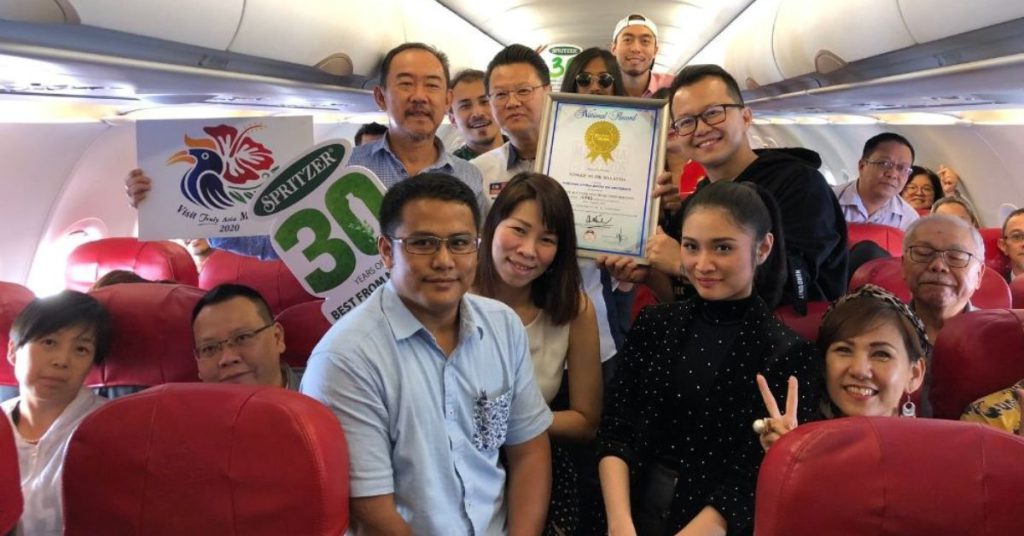
Although the team often identifies record breakers themselves, many Malaysians would also reach out to them to have their achievements recognised.
“Anyone or any organisation that feels they have achieved something extraordinary can submit their inquiries online and will be assisted by a marketing or brand consultant,” he explained.
This consultant will cross-check MBR’s 28-year-old database to see any prior records and advise the potential record-breaker about the formal application process and the necessary benchmarks.
If the applicant decides to proceed with the application, a record consultant is assigned to oversee their case and will guide them through the process for submission.
Upon the submission of all documentation, the record application is then presented to a panel of adjudicators who will approve or disqualify it.
Verifying the records
For activity-based or timed records, MBR will have at least one or two staff members on-site to verify the record attempt.
“Depending on the type of record, the equipment we use include video cameras for real-time recording, stopwatches, clickers/counters, measuring devices (both digital and tapes), surveyor wheel, and good eyesight,” Jwan said.
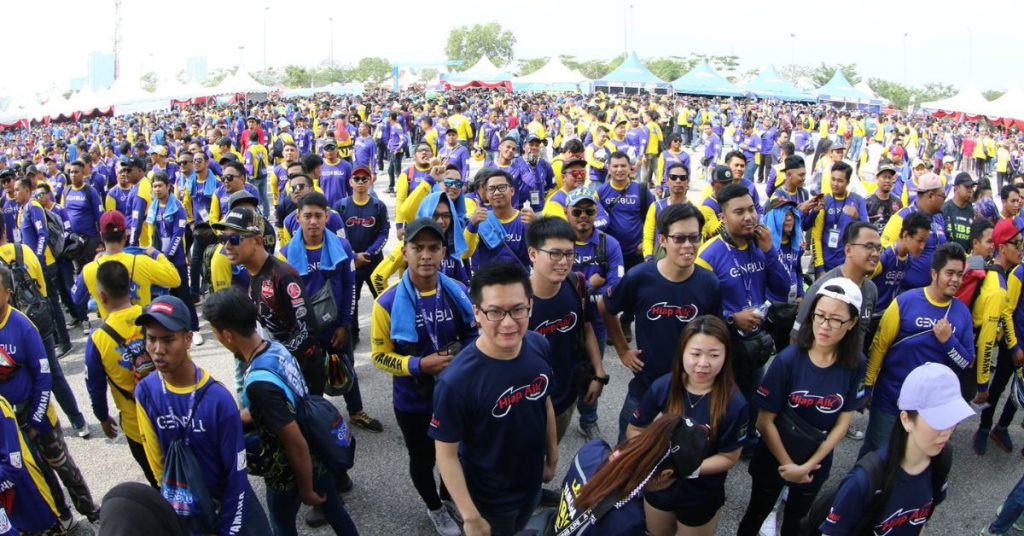
For other things like company/product records or size-based records, MBR’s research team would do as much research as possible with the resources and networks they have through various government agencies and industry partners to verify such records.
Record holders must also seek an endorsement letter from a recognised governing body in their respective industry to support their record claim.
The process works the same for organisations that believe they can break pre-existing records.
“Records are meant to be broken,” Jwan reminded. “Progress after all is about pushing the limits.”
Staying funded
How does a private entity keeping track of records sustain itself, then?
The Guinness World Records used to make money by selling books but now has a business model that relies on selling publicity.
Like Guinness, MBR has also refreshed its brand to be more marketing-centric.
In 2020, Jwan told A+M that MBR aims to consult Malaysian companies on leveraging a record-breaking campaign or event to engage their employees, attract mass participation, or gain deserving exposure and mileage.
“We also run our on-ground events including the well-received MBR LIVE, where we bring national record holders and live record-setting attempts to selected locations for Malaysians to get up close with national record holders,” Jwan said.
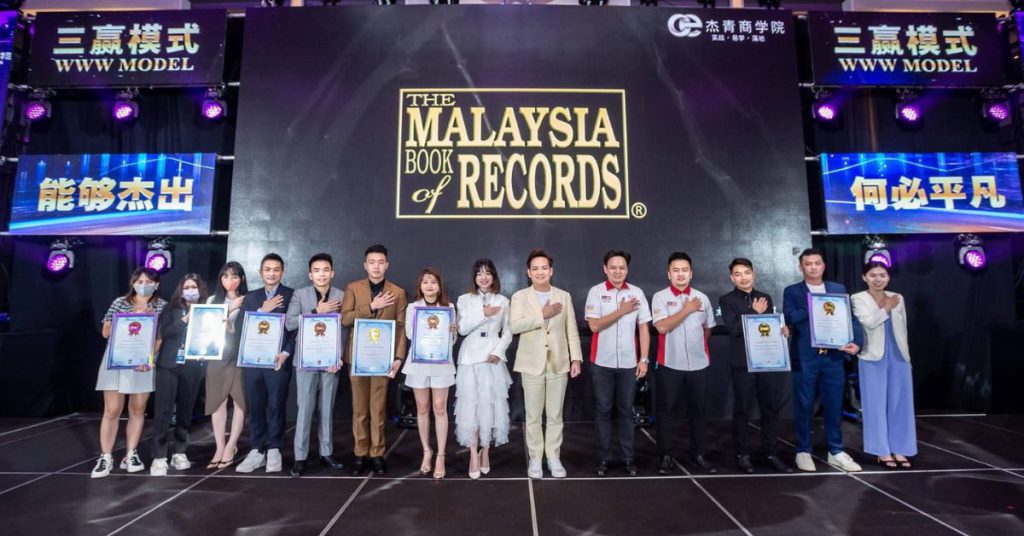
These events are all sponsor and collaboration-driven. They seem to be a reasonable opportunity for sponsors, as the events (which sometimes involve breaking mass participation records) can provide them with traction and exposure.
Partnering with media and PR agencies, MBR also offers various media packages to help record holders get further recognition.
This means record holders would get their achievements highlighted by well-established publications and billboards at high-traffic locations.
Jwan shared with Vulcan Post that MBR’s current owner, Dato Seri Dr Michael Tio, has also invested in ensuring the institution’s sustainability. Additionally, the team’s revenue can come from application fees, sponsorships, and book sales.
Continuing to champion excellence
Although marketing and publicity seem to have become an important value proposition at MBR, its core is still its record-keeping activities.
One of the team’s biggest challenges is when it comes to authenticating and researching record applications.
“As national records are for all Malaysians and all industries, it takes time and human resources to obtain information on various subject matters,” Jwan elaborated.

The MBR team is continuing to expand, having just established a Penang office at Peninsula College’s The Ship Campus in Batu Kawan. This is so that MBR can better serve the greater Northern region.
Jwan shared that discussions are in motion for an East Malaysian collaboration project to establish a Sabah and Sarawak-focused book of records too.
The team is also undergoing an extensive website rebuild to incorporate a more user-friendly and accessible database of MBR’s national records, allowing users to look up national records at will easily.
“As the organisation that recognises Malaysian feats, we believe we play a small role in helping to make Malaysia extraordinary,” Jwan shared.
“By not only providing recognition to deserving Malaysians, MBR serves as a source of inspiration for Malaysians to continuously push the boundaries and with some effort, Malaysians can achieve amazing things.”
- Learn more about the Malaysia Book of Records here.
- Read other articles we’ve written about Malaysian startups here.
Featured Image: Malaysia Book of Records

